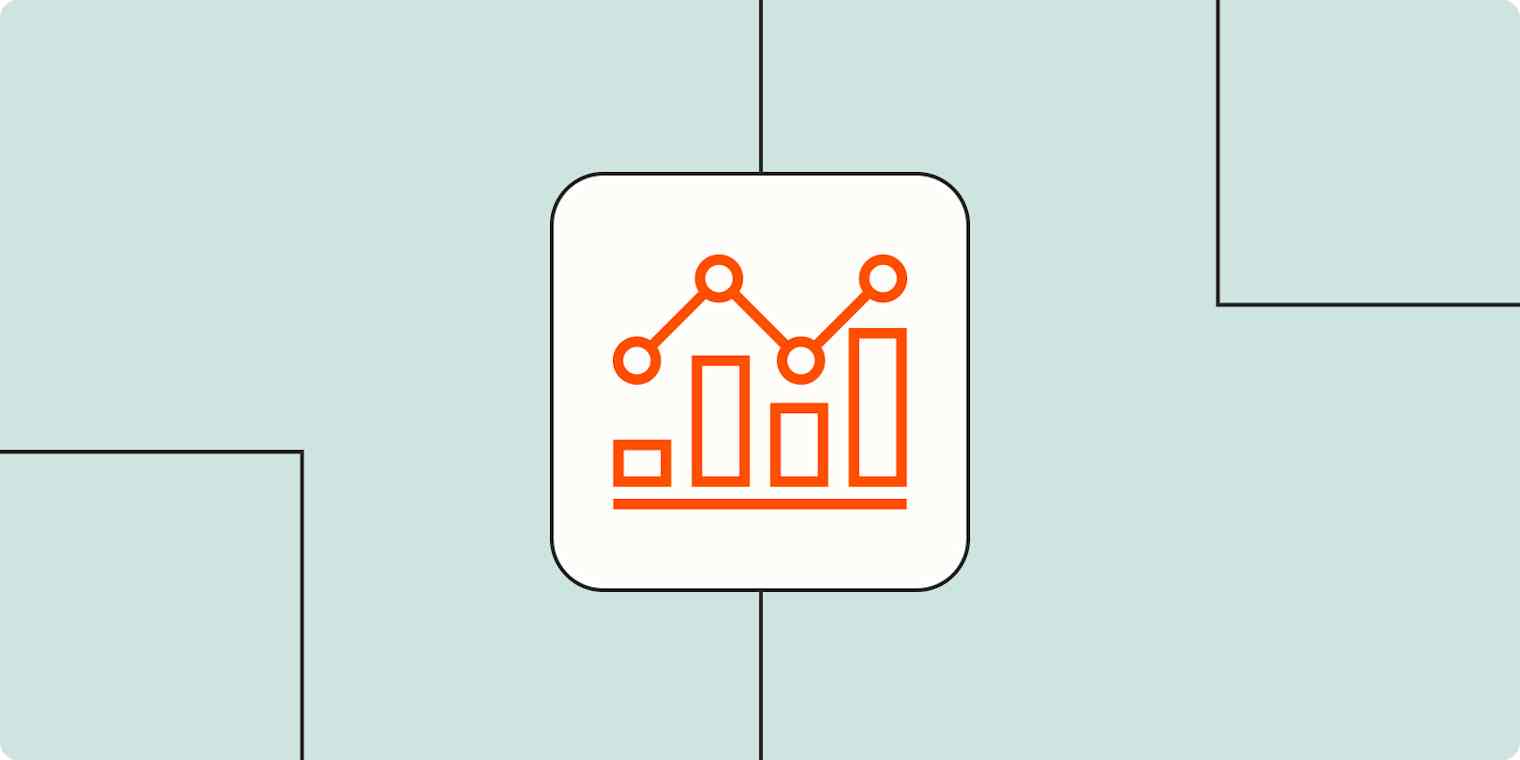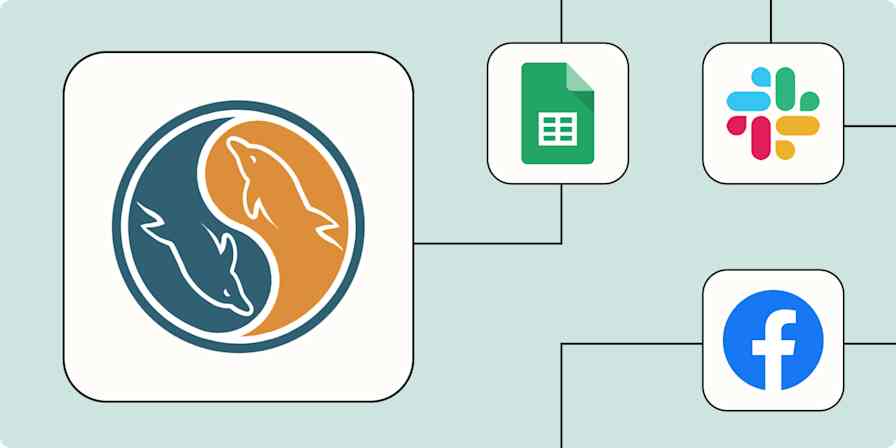Marketing tips
5 min readA brief guide to data attribution models
Learn more about first-touch, last-touch, and linear attribution—and how to know when to use each one in your data analysis.
By Lukas Toma · August 25, 2021

Get productivity tips delivered straight to your inbox
We’ll email you 1-3 times per week—and never share your information.
Related articles
Improve your productivity automatically. Use Zapier to get your apps working together.






